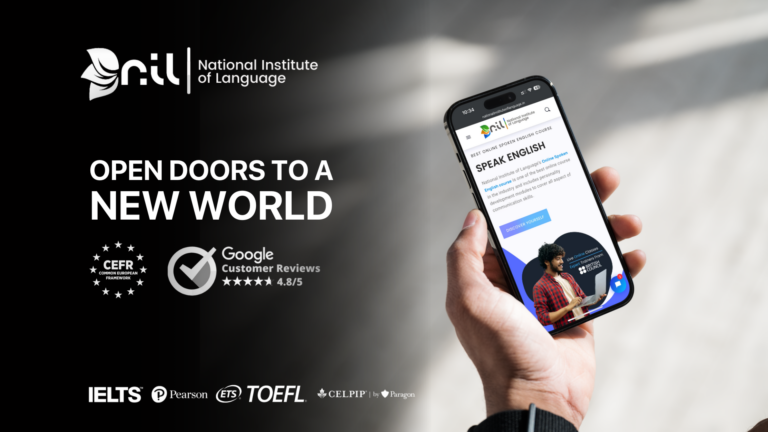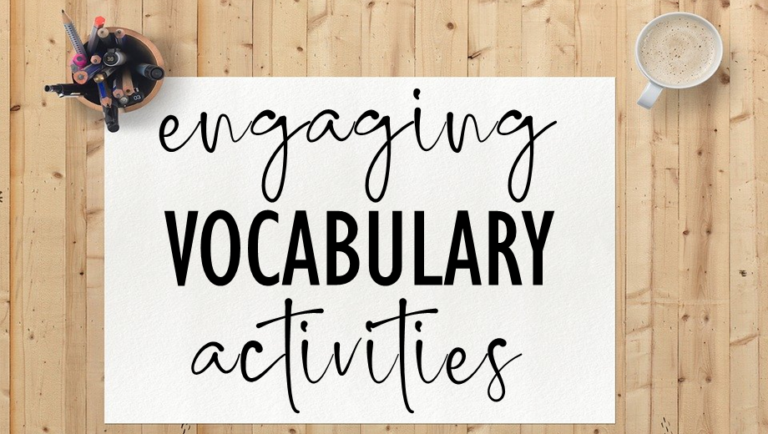In a world where screens dominate our daily lives, it’s easy to lose sight of the magic that happens when humans connect. But what if we told you that amidst the digital chaos, there is still a powerful force that can transform even the most virtual of classrooms? It’s called human connection, and in this blog post, we are diving deep into its incredible power within the digital learning landscape. So buckle up and get ready to discover how forging meaningful connections can revolutionize education as we know it!
The importance of fostering a sense of connection and community in online learning
The rise of online learning has been a transformative force in education, allowing students from all over the world to access quality education and learn at their own pace. However, one major challenge that comes with online learning is the lack of physical interaction and connection between students and teachers. This has led to a sense of isolation and disconnection, which can have a negative impact on student engagement and academic success.
In this digital age where screens dominate our daily lives, it is essential to recognize the importance of fostering a sense of connection and community in best online english speaking course for kids. Creating a strong sense of community within an online classroom not only enhances the learning experience but also helps students develop crucial social skills that are necessary for their personal growth.
One of the main benefits of fostering a sense of connection in online learning is that it creates a supportive environment for students. Online courses can often feel impersonal, with little opportunity for students to interact with each other or their instructor. By creating a sense of community, students feel more connected and supported by their peers and teacher, resulting in increased motivation and engagement.
Moreover, human connection plays an essential role in promoting active learning. In traditional classrooms, discussions and group activities are common ways for students to engage with course material actively. In an online setting, these interactions may be limited or absent altogether if connections are not fostered intentionally. When there is no human connection present, it becomes easier for students to disengage from the class content as they do not feel accountable or connected to it personally.
Research and studies on the impact of human connection on academic success and overall well-being
Research and studies have consistently shown that human connection plays a crucial role in academic success and overall well-being. In today’s digital world, where technology has become an integral part of education, the importance of human connection cannot be overlooked. Let us delve deeper into the research and studies that highlight the impact of human connection on academic success and overall well-being.
- Improved Academic Performance: One of the most significant ways in which human connection influences academic success is by improving student performance. A study published in the Journal of Experimental Education found that students who had strong connections with their peers and teachers were more likely to perform better academically than those who lacked such connections (Allen et al., 2016). This is because students feel more motivated, engaged, and supported when they have positive relationships with their peers and teachers.
- Better Mental Health: Human connection has also been linked to better mental health among students. A study conducted by Harvard University revealed that students who felt socially connected were less likely to experience anxiety or depression (Stallman et al., 2017). This is because having a strong support system provides a sense of belonging and can help students cope with stressors effectively.
- Increased Motivation: Students who feel connected to others are more likely to be motivated towards achieving their academic goals. According to a study published in Contemporary Educational Psychology, social support from friends, family, and teachers positively influenced students’ motivation levels (Jang & Liu, 2019).
In today’s digital age, technology has become an integral part of our lives, including in the field of education. With the rise of online learning and virtual classrooms, it is easy to feel disconnected from others and miss out on important aspects of human interaction. However, promoting human connection in a digital classroom is not only possible but also crucial for creating a positive and engaging learning environment.
One effective strategy for fostering human connection in a digital classroom is through icebreakers. These are short activities or games designed to help students get to know each other and feel more comfortable interacting with one another. Icebreakers can take many forms, such as fun quizzes or team-building exercises. They can be integrated into the beginning of each class session or used as a warm-up activity before diving into course material.
Group activities are another powerful way to promote human connection in a digital classroom. By assigning group projects or discussions, students have the opportunity to work together towards a common goal and collaborate with their peers. This not only helps them develop essential teamwork skills but also creates a sense of community within the class.
Furthermore, virtual office hours are an excellent tool for building connections between students and their instructors in a digital classroom setting. Just like traditional office hours where students can visit their professors during designated times to ask questions or discuss course material, virtual office hours allow for one-on-one interactions through video conferencing platforms or chat tools.
Real-life examples and success stories from educators who have implemented these strategies
In today’s digital classrooms, the power of human connection can often get overlooked or undervalued. However, many educators have found that implementing strategies to foster meaningful connections with their students has had a transformative impact on their virtual teaching experience. In this section, we will explore real-life examples and success stories from educators who have successfully incorporated human connection into their digital classroom.
- Building Rapport through Personalized Communication
Mrs. Smith, a 6th-grade English teacher, noticed that her students were feeling disconnected and disengaged during virtual classes. To overcome this challenge, she decided to send personalized messages to each student before every class session. These messages included words of encouragement, reminders about upcoming assignments and assessments, as well as fun facts about language and literature. The response from her students was overwhelmingly positive – they felt seen and valued by their teacher and were more motivated to participate in class discussions.
- Creating a Sense of Belonging through Virtual Classroom Design
Mr. Patel teaches high school history and faced the issue of low attendance in his virtual classes despite delivering engaging lessons. He realized that his students did not feel like they belonged in the virtual classroom environment due to its lack of physical presence. To combat this feeling of detachment, Mr.Patel created a welcoming virtual classroom design with personalized avatars for each student and interactive elements such as polls and quizzes during lectures. This helped create a sense of community within the class, resulting in increased attendance and active participation.
Addressing challenges and overcoming barriers to building connections in an online
In today’s digital age, building connections and fostering a sense of community in the online classroom can be a challenging task. With students and teachers physically separated by screens and distance, it can feel like an uphill battle to create meaningful relationships. However, with some intentional strategies and a focus on human connection, these challenges and barriers can be overcome.
One of the main challenges in building connections in an online classroom is the lack of physical presence. In traditional classrooms, students interact with each other and their teacher through body language, eye contact, and other nonverbal cues that help build rapport and trust. In contrast, online learning relies heavily on written or spoken communication which may not always convey emotions or intentions accurately.
To address this challenge, teachers can incorporate video conferencing tools such as Zoom or Google Meet into their lessons. This allows for face-to-face interaction between students and teachers, creating a more personal connection that mimics the traditional classroom setting. Additionally, encouraging students to turn on their cameras during class sessions can also help foster a sense of familiarity and connectedness.
Another barrier to building connections in an online classroom is the lack of social cues and context that often come naturally in face-to-face interactions. Without being able to read body language or facial expressions easily, misunderstandings can occur more frequently in virtual settings.
Why Choose us?
As we have explored, the power of human connection knows no bounds. Even in a digital world, it has the ability to transform and elevate the learning experience for students and teachers alike. If you are looking for english speaking course online for kids NIL offers a best classes as per your need. By fostering meaningful connections, we can create a sense of belonging, understanding, and empathy within our virtual classrooms. So let’s not forget the magic that happens when humans connect – whether it’s through a screen or face-to-face – because ultimately, it is these connections that will shape our future generations’ education and pave the way for a more compassionate and connected society.









Responses